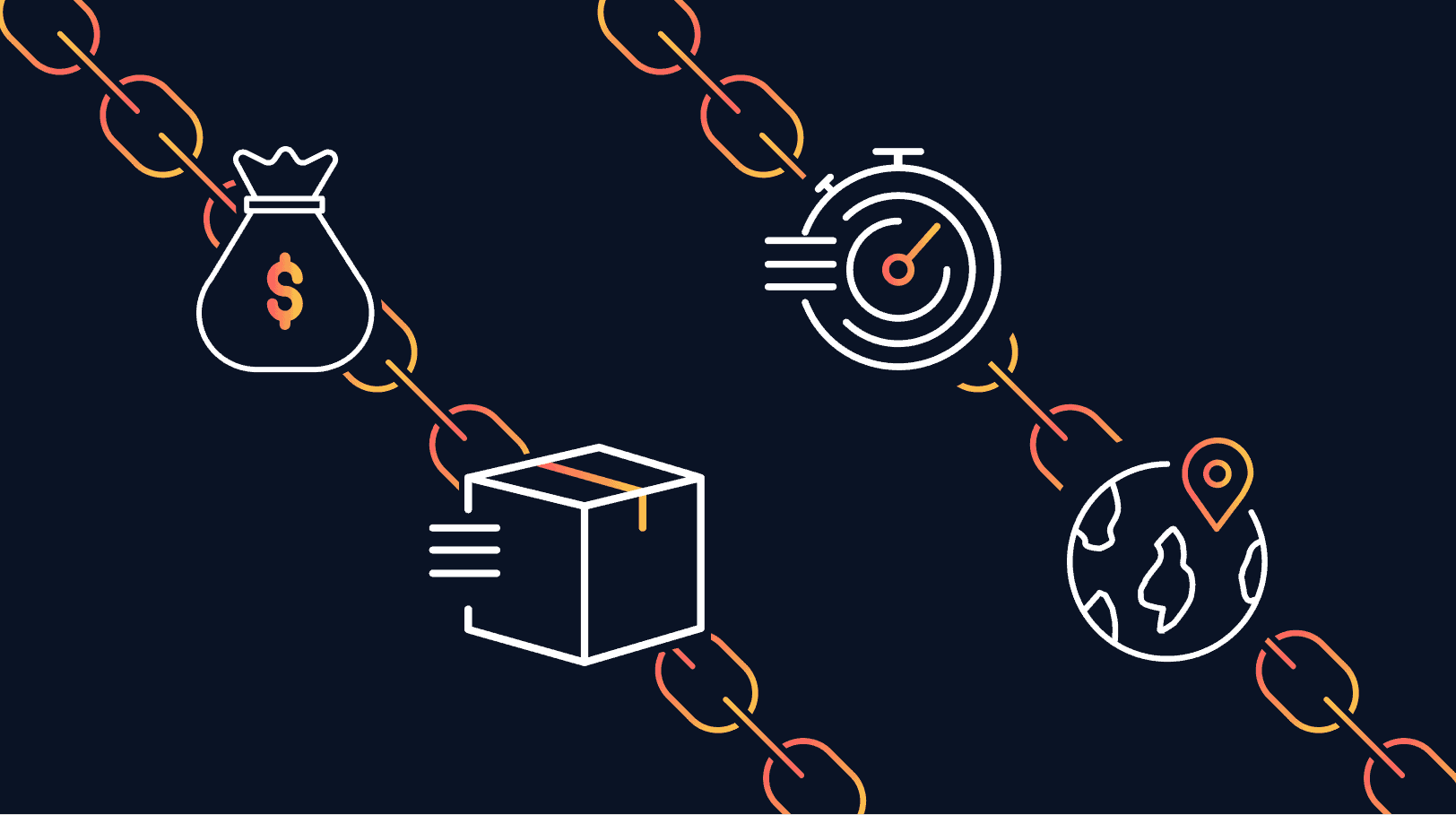Simplify Supply Chain Complexity
Unify core systems, automate workflows and gain
end-to-end visibility for faster, compliant decisions
What does the modern supply chain look like?
The ideal supply chain gives you:
- Orchestrated and automated decision-making
- End-to-end visibility and traceability
- Operational resilience
You achieve this by connecting your core systems, leveraging agentic AI, and building supplier portals and smart applications.
But the supply chain is still vulnerable. Fail to modernize the supply chain and you risk more manual workarounds, increased data entry errors, slower IT cycles, and higher unplanned downtime. Then your organization starts to feel the pinch.

-
Unplanned downtime
Downtime can cost an average of $260k/hour in discrete manufacturing. (Aberdeen Consulting)
-
Manual error and delays
70% of manufacturers still use spreadsheets to collect and enter data. (Manufacturing Leadership Council)
-
Can't manage risk
Over 75% of supply chain executives believe they lack supply chain risk mitigation capabilities. (McKinsey & Company)
Use Agentic AI and low code to optimize with control
Using the powerful combination of low-code development and agentic AI, you can adapt and extend data from your core supply chain management systems to build solutions that operationalize sourcing, routing, and traceability.
-
Orchestrated decisioning
Move beyond dashboards with AI agents that can proactively adapt
-
Automated compliance workflows
Gain end-to-end traceability across your org, suppliers, and logistics
-
Predictive and smart
Build smart warehousing, and create agile fulfillment
"As a machine operator or a shop floor worker, I now have one single point of access to all the documents and data I need to work with."

How low code and agentic AI power supply chain visibility and automation
Build solutions that easily integrate with your core systems and let you create adaptive, automated, autonomous operations. Mendix gives you the tools you need to leverage your data, build solutions faster, and scale more efficiently.
-
Dynamic Supplier Hubs
Build collaborative, adaptable ecosystems where suppliers become partners, not just vendors.
-
Automated and digitized compliance workflows
Orchestrate compliance and traceability business processes with Mendix Workflow.
-
Supply chain co-pilots
Launch supply-chain optimizing co-pilots with easy LLM integration and visual agent development.
-
Predictive service
Create smart software that provides smart warehousing and agile fulfillment that uses real-time data.
Supply Chain Customer Stories
Resources

How to Gain Industrial Agility
Success in industrial manufacturing means being able to quickly respond to world events and market shifts.

Overcome Your Supply Chain Challenges with a Low-Code Platform
Supply chain issues continue to dominate headlines and dismay manufacturers.
Frequently Asked Questions
-
What is supply chain visibility and why does it matter?
Supply chain visibility provides real-time insights into inventory, shipment status, and production schedules. Clearer and more comprehensive supply chain visibility allows organizations to respond more efficiently to global events, geopolitical shifts, and volatile market trends. Progress to better supply chain intelligence is rising, according to McKinsey and Company, with 60% of suppliers reaching comprehensive supply chain visibility.
-
How can automation reduce supply chain risk and cost?
Automation tools that use AI and machine learning can accelerate the data collection and processing workflows. Doing so helps optimize compliance processes, embed predictive service flows, and create a decision intelligence layer across the supply chain.
-
What role does AI play in supply chain management?
AI is set to play a major role in how suppliers modernize the supply chain. AI tools can help suppliers automate how they analyze data from multiple sources to create real-time insights. Organizations can also employ AI agents to make real-time recommendations and even execute POs, replans, waves, and routes. According to McKinsey and Company, AI interest is rising among suppliers looking to implement AI-based tools for planning and scheduling, risk and transparency, and logistics.
-
What are the benefits of digitizing supply chain processes?
Nearshoring and aggressive reshoring efforts, new compliance and regulation mandates, and an increased need for data readiness are driving change in the supply chain industry. Digitizing supply chain processes with AI and automation helps suppliers create adaptive and diversified supply networks, automate compliance workflows, and incorporate automated and autonomous decision-making into their operations. These efforts lead to cost-cutting and increased profit and productivity.
